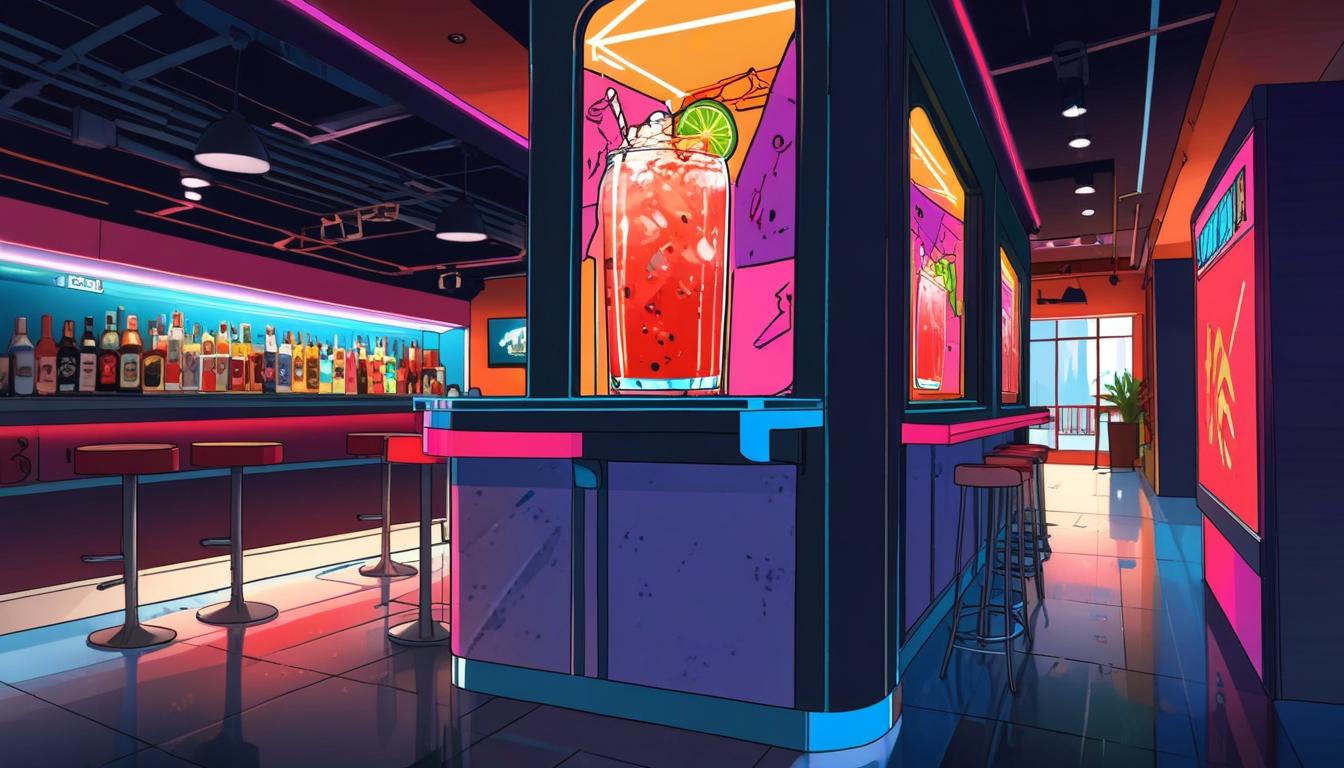Ready-to-drink (RTD) cocktails have evolved dramatically in recent years, moving beyond their niche origins to become mainstream favourites that combine convenience with premium appeal. The market, however, is now highly competitive, and simple innovation is no longer sufficient to stand out. The category is witnessing a multifaceted transformation that extends beyond flavours and packaging, with a focus on how and where RTDs are consumed.
Coca-Cola’s recent entry into the RTD alcoholic beverage market illustrates how the lines are blurring between soft drinks and alcohol. This shift shows how companies traditionally focused on non-alcoholic beverages are recognising the growing demand for diversified and sophisticated RTD options. Alongside this, wellness trends are influencing the industry, pushing the development of cleaner, greener, and guilt-free ingredients and packaging. Furthermore, innovations are anticipated to include wine-based RTDs and non-alcoholic variants aimed at attracting a wider customer base.
The current trend goes beyond just launching new flavours or celebrity-endorsed products—such as the discontinued Travis Scott Cacti RTD—highlighting the importance of the overall drinking experience. While liquid and packaging innovations remain important, future success will likely come to those who can redefine the contexts of consumption.
The pandemic helped accelerate the RTD boom by driving demand among homebound consumers who wanted bar-quality cocktails at home. Yet, these drinks have also become established in public venues such as bars, stadiums, theatres, and festivals. Brands like Cutwater Spirits in the US and MOTH: in the UK have made a significant impact by offering canned cocktails that provide a premium experience on the go. These products offer venues an opportunity to serve high-quality drinks quickly without needing fully staffed bars, while consumers enjoy top-tier cocktails without waiting.
The concept of the “Third Space” — social spaces beyond home and work — has transformed in recent years. It now includes diverse venues like rooftop terraces, arcades, board game cafés, nightclub gyms, microbreweries, and warehouses, each cultivating unique micro-communities. For example, NQ64, a chain of arcade bars combining retro gaming with craft cocktails, exemplifies this evolution, emphasising interactive and social experiences that resonate with modern drinkers.
Pop-up culture also represents an important trend in the RTD market. Consumers increasingly seek out unique social experiences—such as art galleries, streetwear launches, or branded pop-ups. For instance, alcohol brands collaborating with events like the BAPE x Monkey 47 launch parties highlight how limited, culturally relevant gatherings can enhance brand visibility and relevance.
RTD brands looking to succeed in these evolving third spaces are focusing on integration rather than domination. Success depends on understanding and blending into social environments, offering products that add value to consumer experiences rather than distracting from them. Brands must develop precise targeting strategies that go beyond demographic categories to authentically inhabit specific cultural or community spaces.
There's also an emerging trend where brands create their own unique venues or experiences. One notable example is Suntory’s –196 pop-up, which takes the form of a Japanese convenience store (or “Konbini”) on wheels, featuring a lemon-scented entrance and a hidden speakeasy decorated with Japanese visual themes. This innovative approach has been recognised with multiple nominations at the Campaign Experience Awards 2025 and has been taken to music festivals to tap into new audiences.
To thrive in the future, RTD brands are encouraged to think beyond just flavour variety. The crowded market demands that brands shape the cultural moments around drinking, developing a broader identity that draws from premium fashion, art, and iconography to cultivate a cult status. This means not only occupying space in shops or bars but defining the entire drinking occasion through new rituals and entertainment experiences.
The next phase of RTD development requires brands to be willing to radically reinvent themselves, abandoning old conventions and experimenting with entirely new concepts. This approach might even lead to the creation of entirely new product categories. The key for RTD brands will be an emphasis on being experience architects rather than just beverage producers, focusing on delivering moments and environments where their drinks can be enjoyed.
The insights in this article originate from a detailed analysis reported by Little Black Book | LBBOnline.
Source: Noah Wire Services
